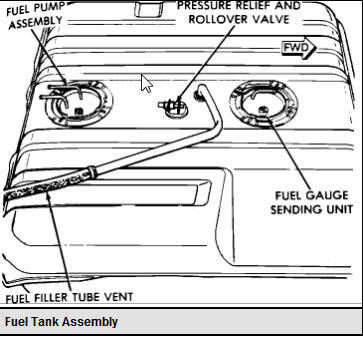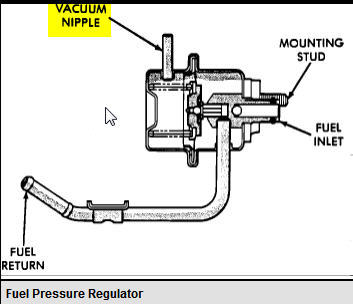Tuesday, August 23rd, 2011 AT 8:30 PM
Gentleman.I have a 1990 Plymouth Voyager LE 3.0 Fuel is leaking out of the fuel tank overflow line and its a good stream. If I loosen the gas cap, it will stop. Tried a new gas cap with negative results. This just started a couple days ago. I know besides the over flow pipe, there is also a relief valve and roll over shut of on the top of the tank. Im thinking it is the fuel pressure regulator on the engine. Any suggestions would be appreciated. My name is Mark




